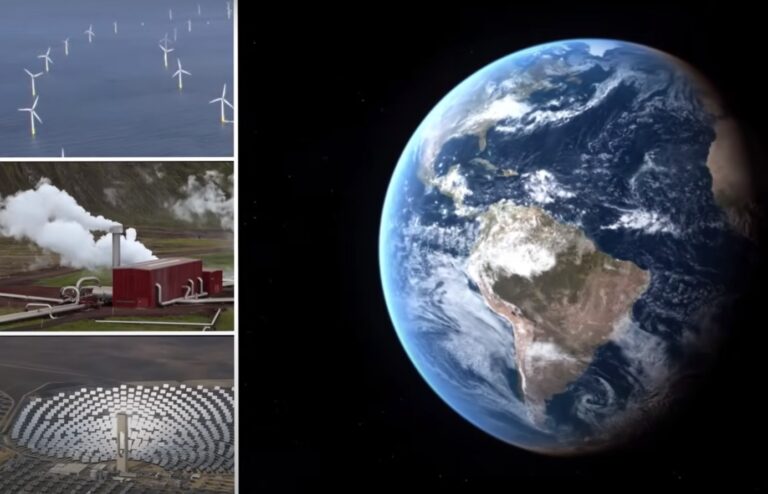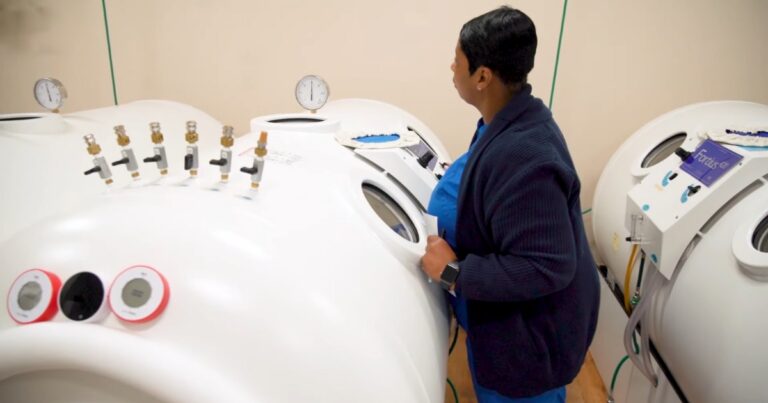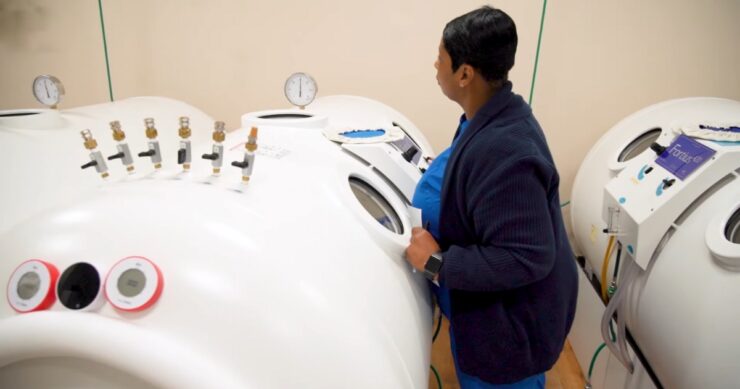Renewable and nonrenewable energies are at the forefront of global discussions about our environmental future. The fundamental difference lies in the source. Renewable energy is derived from resources that are continually replenished, such as sunlight, wind, rain, tides, and geothermal heat.
In contrast, nonrenewable energy comes from sources that will eventually deplete or take eons to replenish, like fossil fuels including coal, oil, and natural gas.
Historical Context and Evolution

To grasp the full scope of this topic, it’s crucial to understand the historical evolution. The Industrial Revolution marked the onset of heavy reliance on nonrenewable resources. This era witnessed a massive shift from traditional power sources like wood and animal power to fossil fuels.
However, the late 20th century brought a growing awareness of renewable energy, spurred by the oil crises and increasing concerns about pollution and climate change. This shift marked the beginning of a significant transformation in how we perceive and utilize energy. If you want to learn more about renewable energy, check out https://renovables.blog/.
Environmental Impact
The environmental ramifications of these two power types are starkly different. Nonrenewable sources, particularly fossil fuels, are major contributors to air pollution, greenhouse gas emissions, and global warming.
They’re also often associated with environmental degradation through mining and oil spills. Renewable sources, on the other hand, have a much lower environmental impact. They produce little to no greenhouse gases or pollutants, and their ‘footprint’ is often much less invasive.
Economic Considerations
The economic implications of renewable versus nonrenewable power are complex and multifaceted. Initially, nonrenewable sources were much cheaper and more accessible, driving industrial growth. However, as these resources become scarcer, their cost is likely to rise.
Renewable power, while more expensive initially due to technology and infrastructure costs, is becoming increasingly cost-competitive. Moreover, renewables offer economic benefits like job creation in new industries and energy independence.
Technological Innovations and Challenges
The advancement of technology plays a pivotal role in this dichotomy. For nonrenewable energy, technological advancements focus on more efficient extraction and use, though the finite nature of the resources inherently limits these improvements.
Renewable power technologies, conversely, are rapidly advancing, improving efficiency and reducing costs. However, challenges like storage, energy density, and the intermittent nature of sources like solar and wind power persist.
Societal and Policy Implications
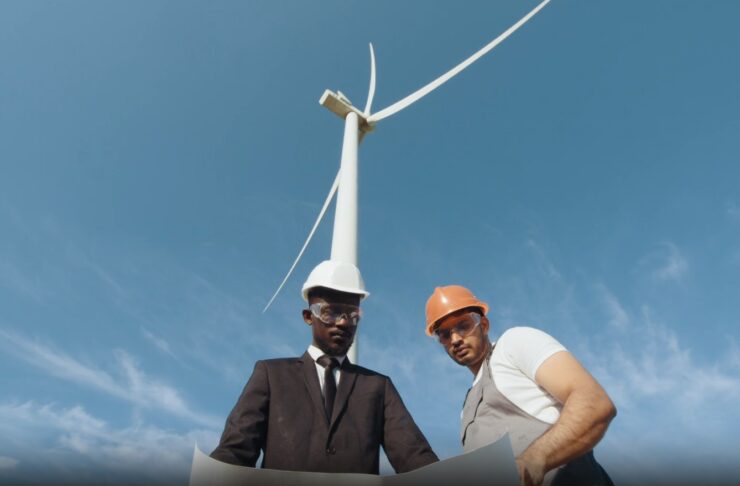
The choice between renewable and nonrenewable sources has profound societal and policy implications. Nonrenewable power, often tied to geopolitical tensions and inequities, can lead to conflicts and economic disparities.
Renewable energy promises a more decentralized and equitable energy future but requires significant policy shifts and public support. Governments worldwide are grappling with how to balance these interests, often through subsidies, regulations, and international agreements.
Integration and Grid Challenges
A significant aspect of the power conversation revolves around the integration of renewable sources into existing electricity grids. Renewable sources, particularly solar and wind, is variable in nature, presenting challenges in terms of reliability and consistency.
This contrasts with nonrenewable sources, which generally provide a steady, predictable flow of power. Modern grid systems need to evolve, incorporating smart technologies and storage solutions to effectively balance and distribute the variable output from renewable sources.
Global Energy Equity

Another crucial aspect is the issue of global energy equity. Nonrenewable power resources are unevenly distributed across the globe, often leading to economic and political disparities.
Renewable power offers a more democratized energy landscape, as resources like sunlight and wind are more uniformly available worldwide. This shift could lead to a more balanced global energy economy, reducing reliance on specific nations or regions and potentially easing geopolitical tensions related to power resources.
Energy Efficiency and Consumption Patterns
The conversation isn’t just about how we generate sources, but also about how we use it. Energy efficiency is a critical component in the transition to a sustainable future.
While renewable power sources are becoming more efficient and cost-effective, reducing overall energy consumption through enhanced efficiency and smarter consumption practices is equally vital. This includes developing energy-efficient buildings, transportation, and industrial processes, irrespective of the power source used.
The Role of Innovation and Research

Innovation and research are the lifeblood of the energy transition. For renewable sources, ongoing research focuses on improving efficiency, reducing costs, and solving storage and distribution challenges. For nonrenewable power, research aims at minimizing environmental impacts and extending the lifespan of existing reserves. This technological race will significantly influence the pace and effectiveness of the shift towards more sustainable energy sources.
Public Perception and Cultural Shift
Public perception and cultural attitudes towards energy consumption play a crucial role. The shift towards renewable energy isn’t just technological or economic; it’s also cultural. Embracing renewables requires a change in how society perceives power, moving away from the notion of limitless consumption towards a more sustainable and responsible approach. This cultural shift is essential for the widespread adoption of renewable energy and the reduction of reliance on nonrenewable sources.
The Role of Individual and Community Action
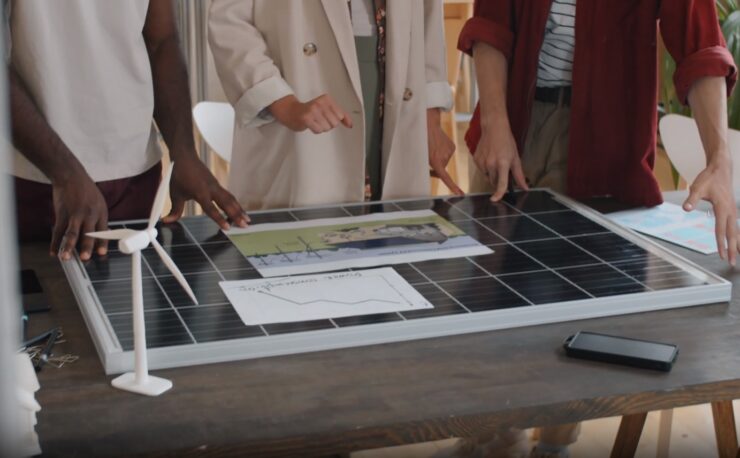
Finally, the transition from nonrenewable to renewable power isn’t solely a governmental or industrial responsibility; it deeply involves individual and community actions. Every person has a role to play, from adopting energy-efficient practices in daily life to supporting renewable power initiatives. Community-driven renewable projects, like local solar or wind installations, not only contribute to the electricity grid but also foster a sense of ownership and responsibility towards our energy future.
Future Prospects and Sustainability
Looking ahead, the sustainability of our energy choices becomes increasingly critical. Nonrenewable energy sources, by their very nature, are not sustainable in the long term. Renewable energy, offering a path to a more sustainable and potentially cleaner future, seems to be the logical choice. However, the transition is not just about the energy sources themselves but also about redesigning our power infrastructure and consumption patterns.
End Note
In summary, the debate between renewable and nonrenewable energy encompasses far more than the sources of power themselves. It’s a complex tapestry of environmental, economic, technological, societal, and cultural threads. As we advance, the focus should not only be on adopting renewable energy but also on transforming our entire approach to energy production, consumption, and conservation.

